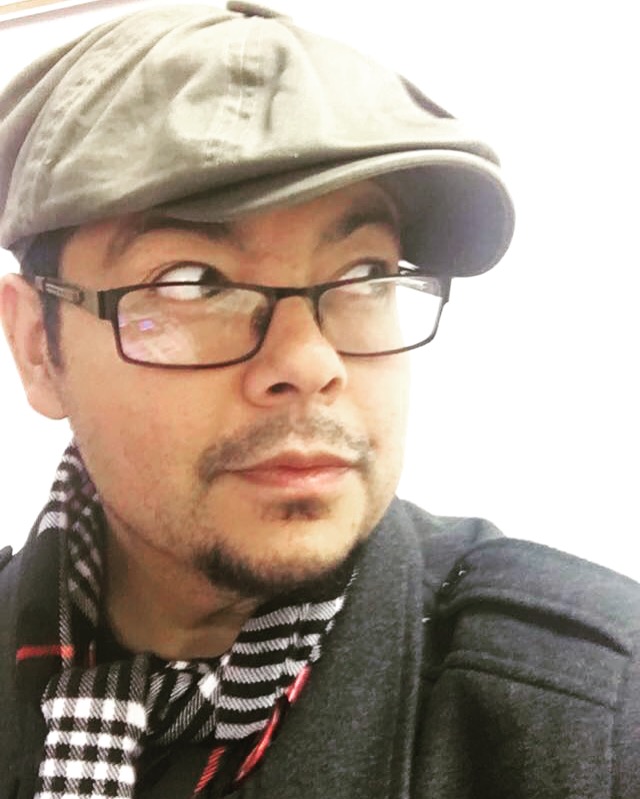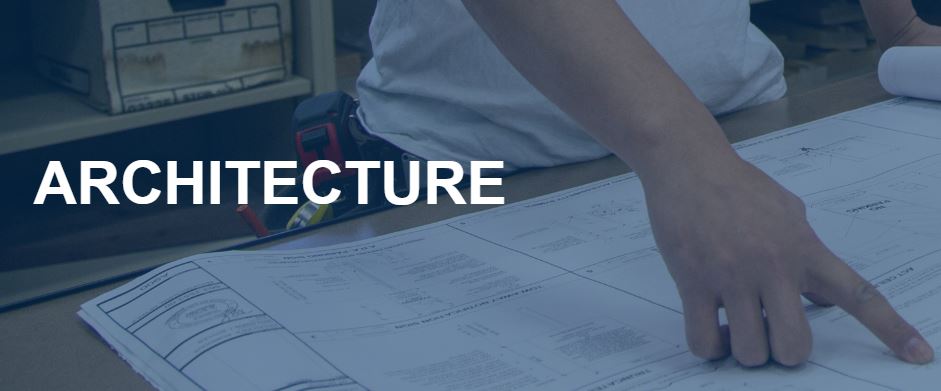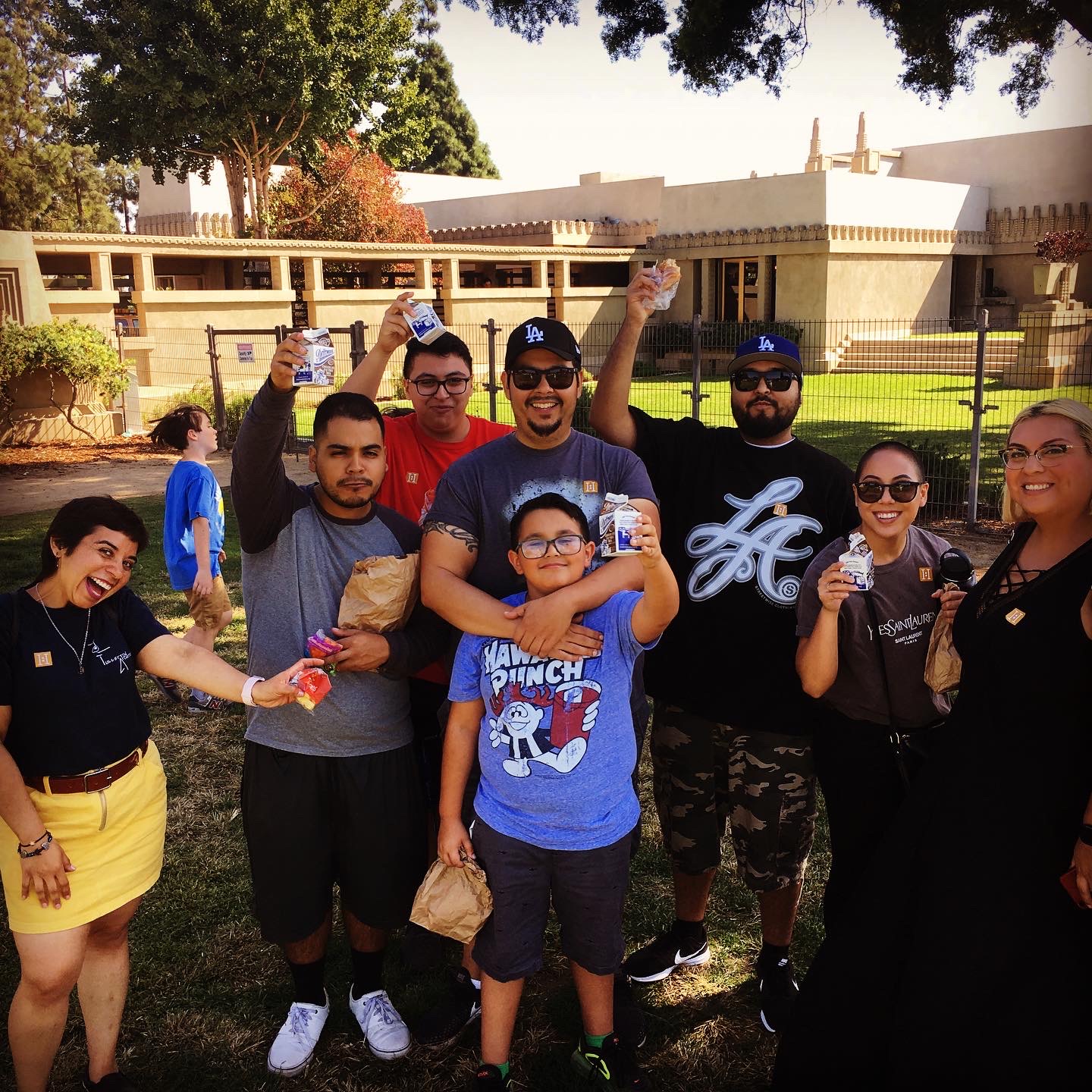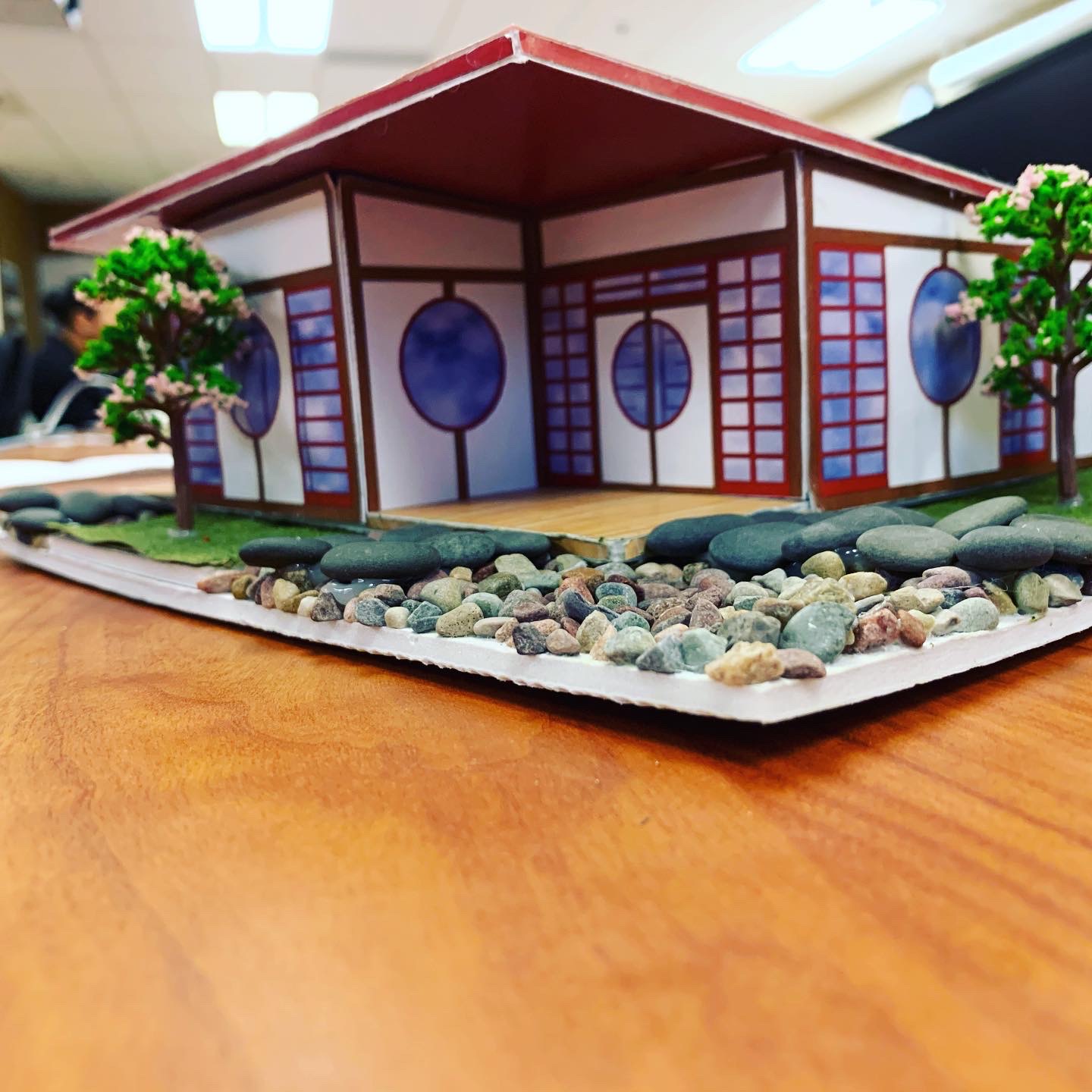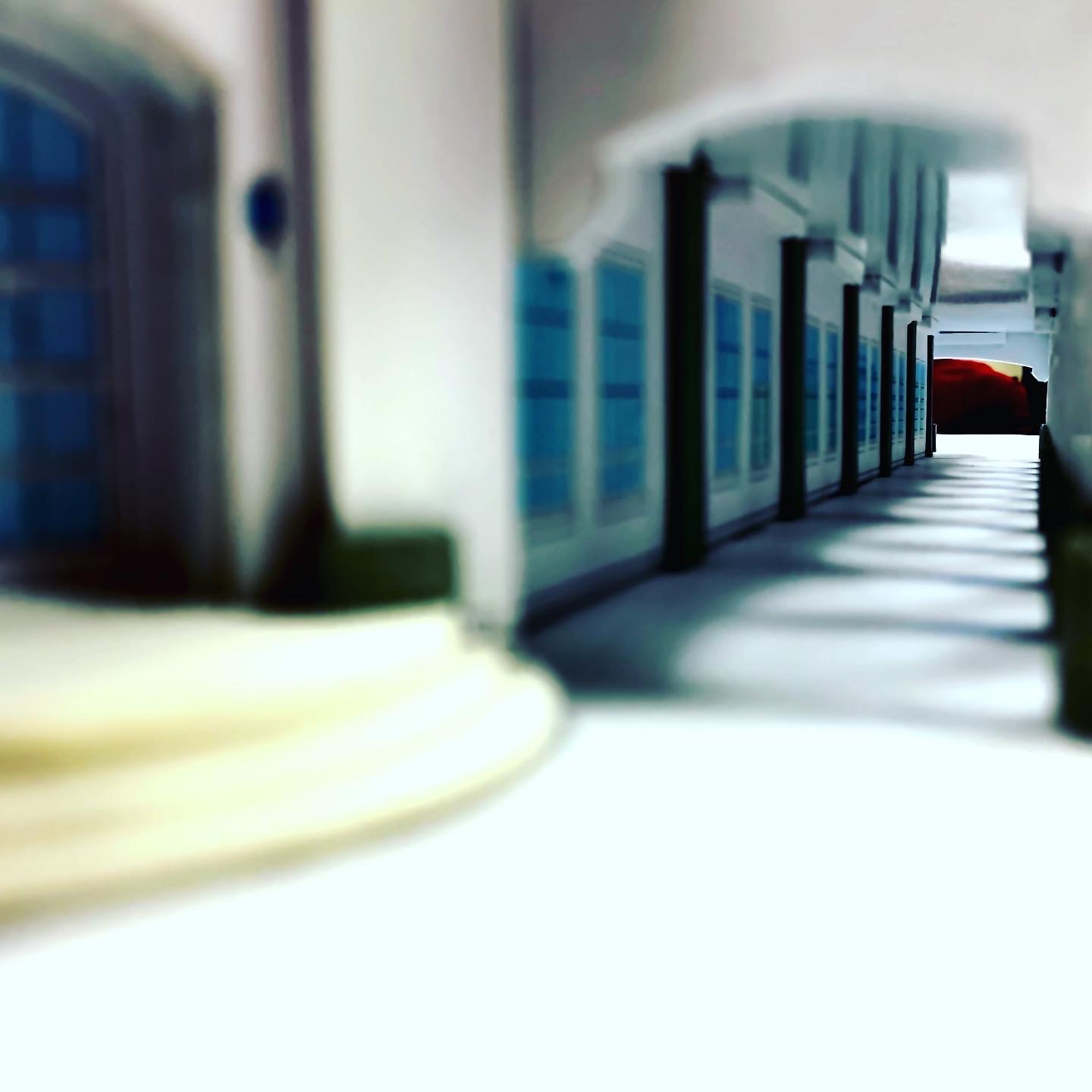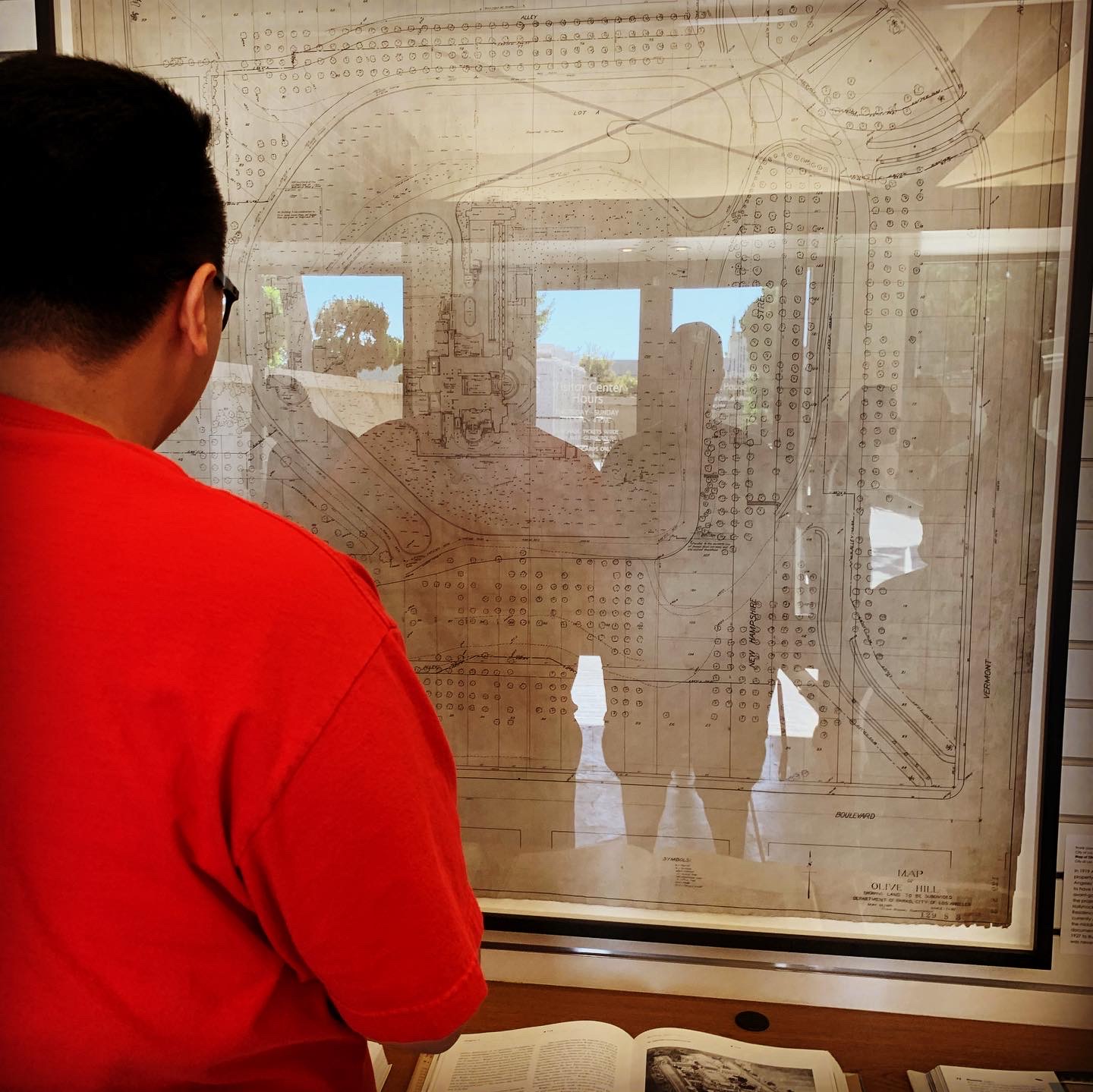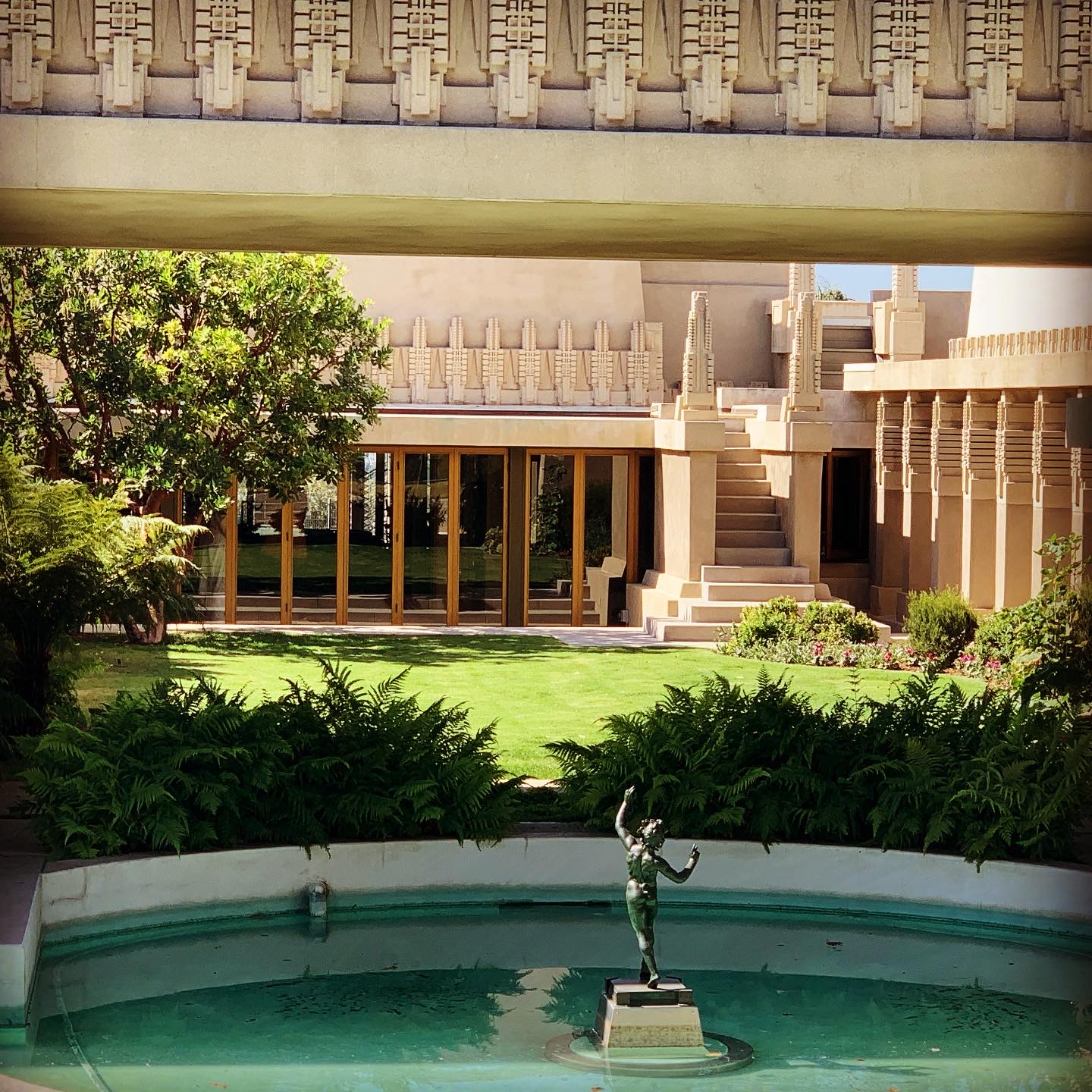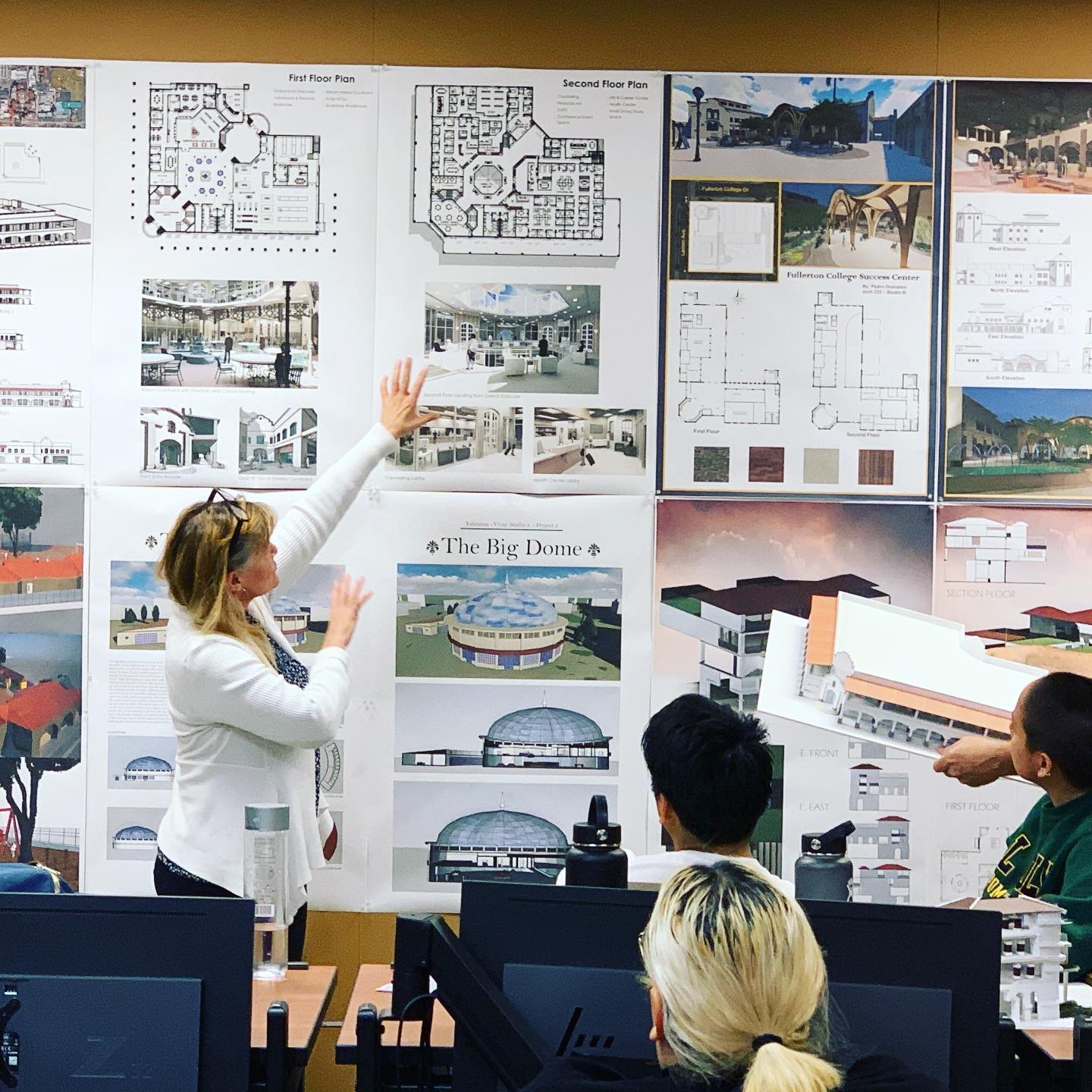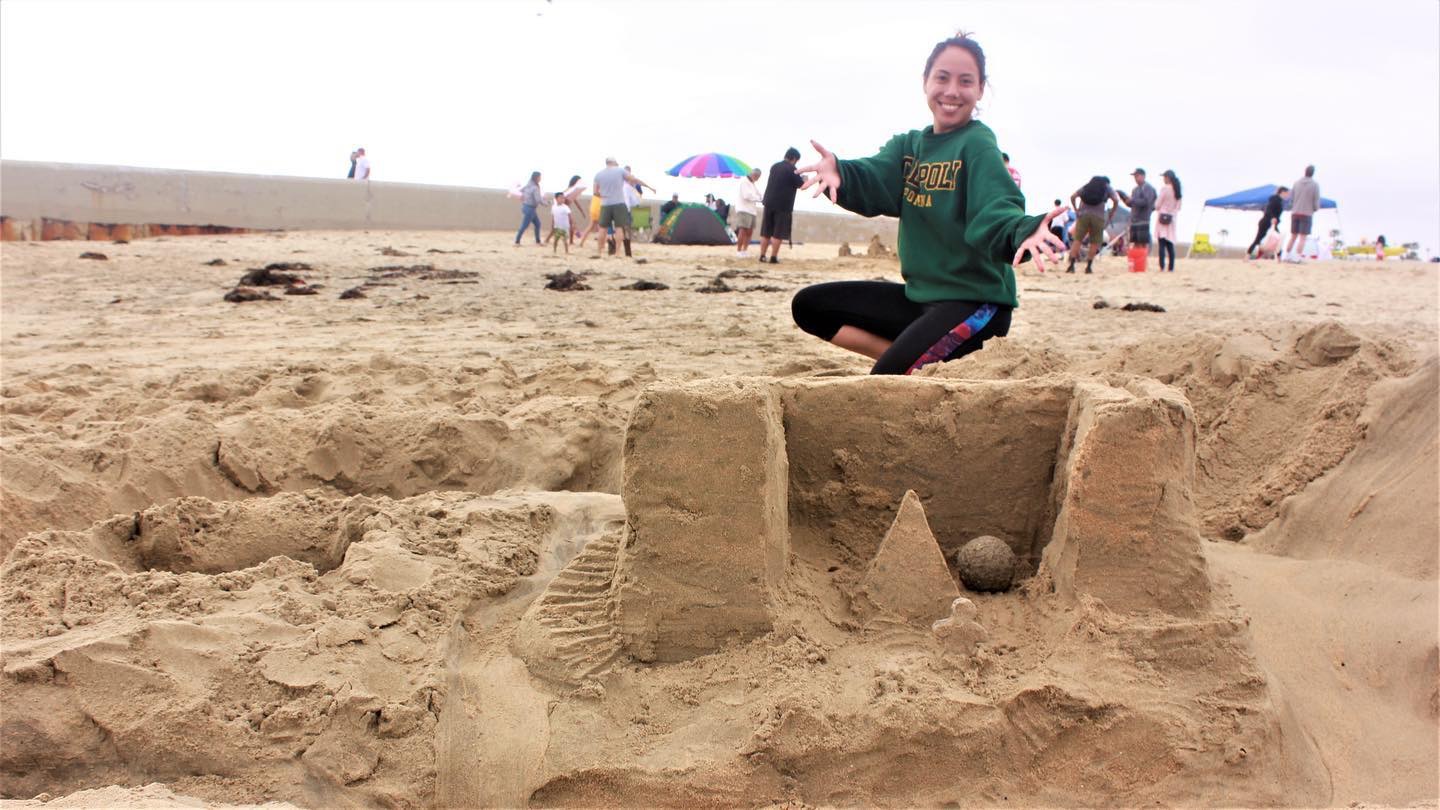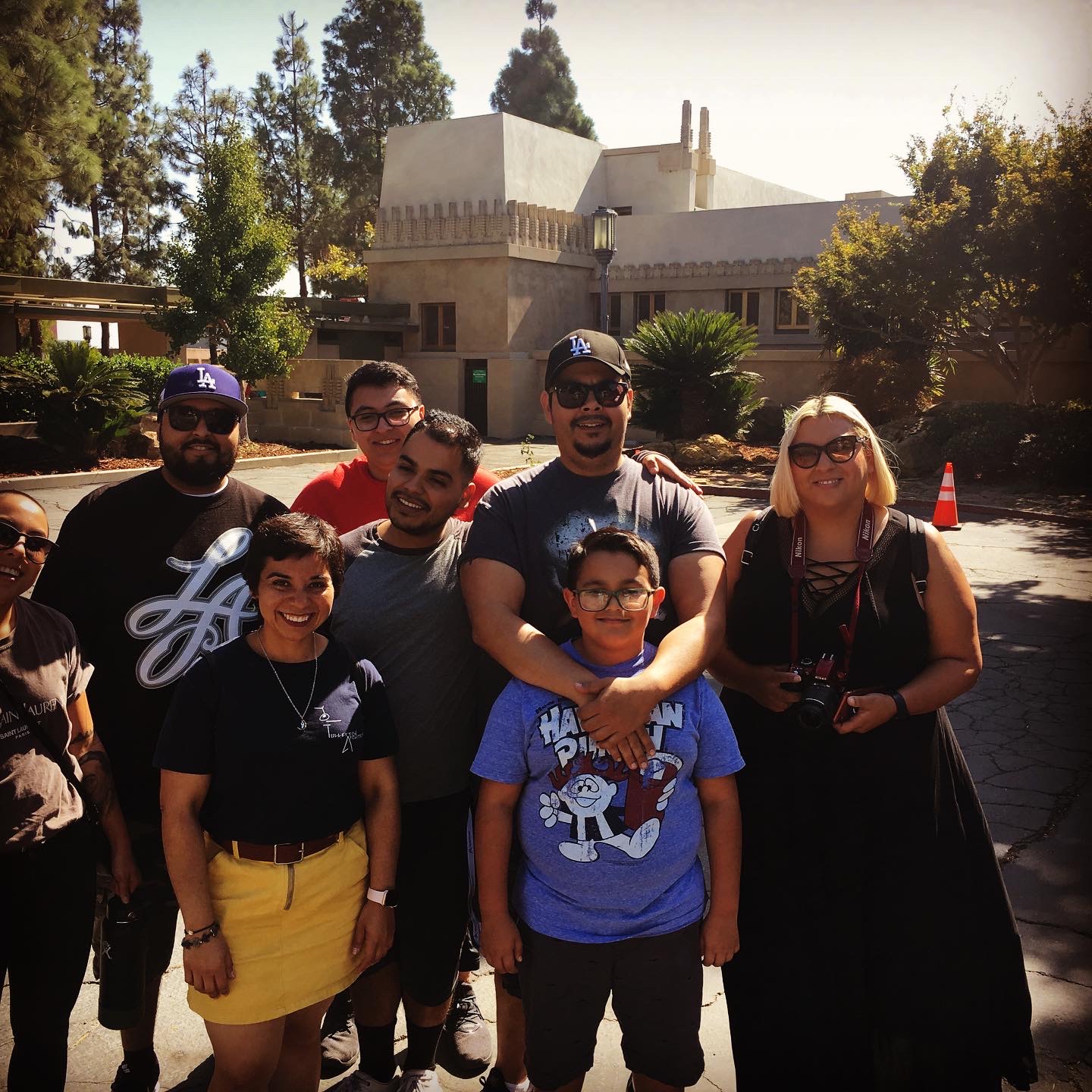The Fullerton College Architecture Program
Click on this this paragraph to take you to a helpful page that will answer many questions you may have about the program, architectural licensure, transferring to universities, recommended books to read, recommended tools, and recommended software.
My Story
Having grown up around Los Angeles. I’ve moved around quite a bit and has seen more than my average share of schools from moving more frequently than most. Growing up around Southern California I was privy to many cultures. Exploring different cultures, understanding different beliefs, and especially different cuisines is my favorite thing to do!
Shortly after graduating from La Mirada High School, I decided to join the military. The United States Air Force is where I served honorably. The decision to serve my country essentially helped me get from the mindset of a high school student and into the focused mindset of an adult man, which was needed to do well in college. Though my military career was short lived, I felt that if I had to do it all over again, I’d make the same decision to join. The experiences I’ve had, along with the military brothers and sisters I’ve gained, are life long connections I would never want to part with.
After my career in the USAF, I jumped from job to job until landing a position at Specialty Restaurants Corporation (SRC). Starting out as construction admin support, I worked my way up to architectural CAD draftsman. Having worked with a famous restaurateur, David C. Tallichet CEO, who I considered a great mentor, taught me a lot about business and leadership. Having worked for almost a decade in the company, during my tenure at SRC, I found my passion and went back to school to study architecture at Fullerton College. Everything was going well until the economic collapse of 2009. I lost his job, house, dog, and grandfather in that order. Through my military training, resilience and determination shortly after graduation I secured an adjunct teaching position at Fullerton College.
Fullerton College is where I graduated from and started working during the Great Recession. It was a struggle to make ends meet and continue my education, however, I prevailed. Through the guidance of one of of my greatest mentor, David Thomas EdD. Emeritus, I went back to school to pursue a bachelors and masters degrees in Industrial Technology at California State University of Los Angeles. It is with this education I hope to continue to make and impact in the Fullerton College Architecture Department and grow the program I myself went through.
I am Board Presidend of a Professional Organization. Deciding to join ASEA (American Society of Engineers and Architects) was one of the most rewarding. This organization provides scholarship competitions, mentoring, training, and networking opportunities for students. Introducing students to actual architects and engineers, taking them to construction sites to explain what is going on in the project currently, and watching them grow into their passion for architectural designing is my greatest reward. I love serving for the sake of helping students get a better understanding of the profession I’ve been so passionate about for the last 20 years.
Currently I spend my days working on various design | build projects. Projects ranging from designing Restaurants, Single Family Residences, Night Club, Gymnasiums, and Factories. My day to day can range from architectural designing, producing construction documents, project management, and documentation. In addition to designing and teaching, I am a father. This is one of my most cherished responsibilities. I enjoy spending my time with my son, teaching him all the things I wish I was taught as a child. Being Dad is my favorite job of all. This is my story as for now, the best has yet to come!
Teaching Philosophy
My teaching philosophy is based off understanding that all students have unique experiences. It’s through their experiences that shape who they’ve become. Education should be an extension/addition of said experiences. Students must have a stimulating educational environment where they can grow mentally, emotionally, and socially. My philosophy also creates an atmosphere where students can meet their full potential and have a safe environment where they are motivated to share their ideas and take risks.
There are five essentials that are conducive to learning architecture.
(1) The teacher’s role is to act as a leader.
(2) Students must have access to experiential project based learning pedagogy.
(3) Students should have choices to let their curiosity challenge themselves.
(4) Students need the opportunity to practice skills in a safe environment.
(5) Technology must be incorporated into the curriculum.
The role of the instructor is that of a leader. A leader will motivate their students to not only complete their assignments, but show them the value of going above and beyond the rubric and textbook. The instructor will create curriculum that practices experiencing time management and resemble real world experiences. This role also includes mentoring and guidance to ensure that the student feels comforted and reassured in times of doubt.
In addition, the instructor is to create a classroom environment that is inclusive to all. Sensitivity and understanding of the diverse academic, socioeconomic, cultural, disability, gender, gender identity, sexual orientation, and ethnic backgrounds of community college students, faculty and staff. Encourage students to develop a network of like minded individuals, help one another out, and to be the change they want to see in the world.
The professor challenges students to express themselves and be unapologetically themselves and to accept others for being themselves. The understanding of one another grows and creativity and bouncing back of ideas and work grows rapidly. This is done for the purpose of preparing students for continual feedback and self expression while meeting the required architectural program and it works! Discussions are much more meaningful and dig deeper rather than superficial responses when students are allowed be vulnerable to voice their experiences and emotions without judgment. We all learn from one another and the experience of class becomes more engaging and students work harder knowing that this information will apply to their careers.
Architectural schooling can be intimidating to some. Though experiential project based learning, my curriculum is layered with experiences and challenges that on the surface seem less formal by talking about the processes and how students feel. The details of each experience, students normally don’t get feedback from one another, occur, Resulting in providing students with a richer cohort style learning environment that leads to greater success.
The Fullerton College Architecture Program
The pictures below are from critiques, competitions, and visits to great works of architecture. The critiques are where students explain their designs with their presentation boards and models. The sand castle competition was from an ASEA event. The visit to Frank Lloyd Wright’s Hollyhock House was one of many great works of architecture we’ve seen.






